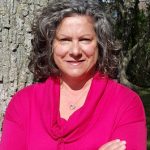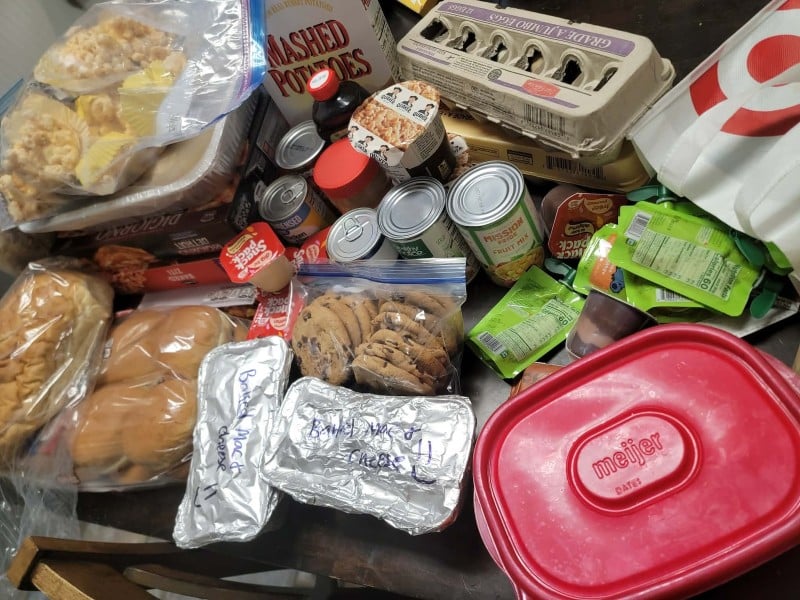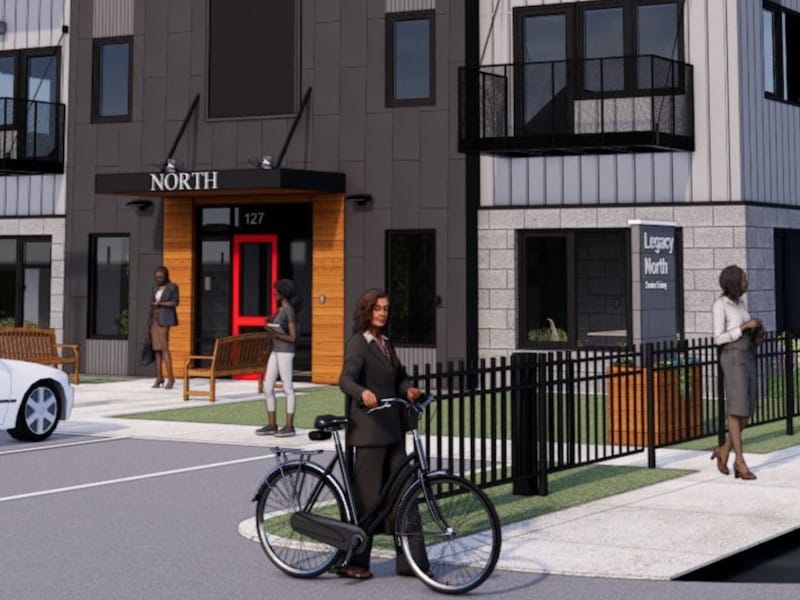Red, White and Blue: Ojibwe woman shares boarding school stories in book and with fellow survivors
Linda Cobe spent one year as a five-year-old at Holy Childhood School of Jesus in Harbor Springs. The impact of that year, along with the pervasive and systematic stripping away of her identity, culture, and language as an Ojibwe, continue to affect her. She's written a book, "Red, White and Blue" to share her story with others.
Editor’s Note: This is the third and final installment in our series of indigenous women who experienced dislocation and trauma at Holy Childhood School of Jesus in Harbor Springs. To address the “troubled legacy of federal Indian Boarding School policies,” the U.S. Dept. of the Interior is sponsoring the Road to Healing Tour as an opportunity for those impacted by boarding school injustices to at long last publicly share their stories. The second story in the series features Sharon Walker Skutt of the Saginaw Chippewa Tribe.
Linda Raye Cobe’s life changed forever when she was just five years old.
Sixty years later, she is still dealing with a year she spent at Holy Childhood, a boarding school for Indigenous children in Harbor Springs, followed by her adoption by a white family in Baraga, Michigan that left her with emotional scars that have yet to heal.
Cobe, who is retired and makes her home in Nobinway, grew up in Watersmeet. Her father is Ojibwe (Lac Vieux Desert Band of Lake Superior Chippewa), and her mother is Oneida (Wisconsin).
At one time, she says just about every child from a tribe in Watersmeet was in a boarding school.
“Holy Childhood was really lonesome and fearful because the nuns were so mean and strict and there was no sense of safety or love,” Cobe says. “It was a totally different lifestyle than what you’re used to in your younger years. It was kind of terrifying. I really repressed what memories I had.”

Her brothers may have been there with her at the same time, but she doesn’t really remember. What she does remember is the systematic stripping away of her identity, culture, and language while there. This would be her first experience with being made to feel ashamed and less than because of who she was and where she came from.
Holy Childhood became the first federally run boarding school in Michigan following “changes in federal policy towards Native Americans such as a push for assimilation, federal funding and the Carlisle Industrial School as a model, Holy Childhood transformed and became like other boarding schools. Even with federal funding, there was still a heavy connection with the Catholic Church, as even postcards drew attention to the Sisters of Notre Dame running the school, according to the University of Michigan’s research on Michigan’s Indian Boarding Schools. The school officially closed in 1983 and the building housing it was demolished in 2007.
After Cobe’s only year at Holy Childhood, she came back home for the summer to further chaos in her young life. She and her sister were taken away from her parents by Family Services who said she and her siblings— two older brothers and two younger sisters — were being neglected.
“One of my sisters and I were adopted out to a white family in Baraga,” Cobe says. “My mother and dad had split up and my youngest sister went with my mother to live in Milwaukee. This was part of the assimilation to move adults to the city and find them jobs. My brothers stayed with my dad.”
It was a confusing time for her because she would see from a distance her father who would come to Baraga to visit one of her brothers and her adoptive family. She says her mother stayed away because she felt that the adoptive family was more financially able to care for her and her sister.
“Materially, I had everything I wanted. Emotionally, my adoptive father was an alcoholic and he abused my sister and I,” Cobe says. “They were really anti-Indian and when my brothers would come to town or they heard my parents were around, we weren’t allowed to see them.”
For the most part members of the indigenous community were met with discrimination by the residents of Watersmeet. Even though Cobe and her sister were being raised by white adoptive parents, they were treated as if they were inferior to everyone else.
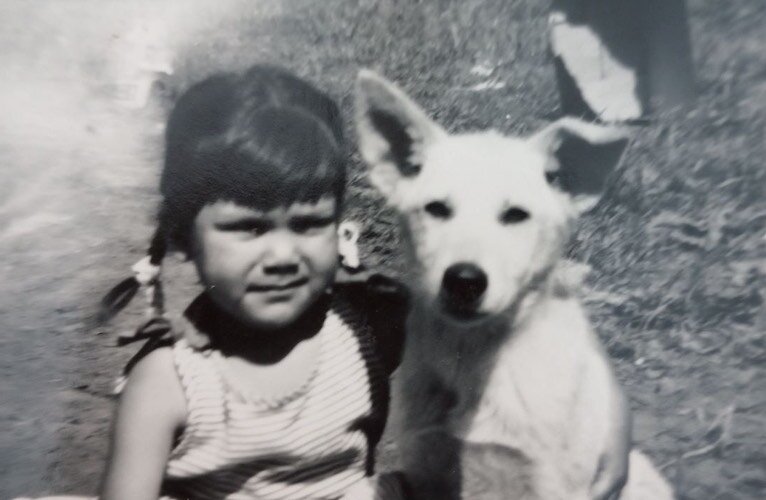
So, it came as no surprise to Cobe that no one was willing to listen when they tried to tell people about the mistreatment they endured at home. This included a priest at the church they attended every Sunday.
“The priest said we could come talk to him if we ever need anything. We went to see him one Saturday morning and told him that our dad was touching us in way we didn’t like and we didn’t want to live here anymore,” Cobe says. “He got really mad and said, ‘You should be grateful.'”
The sexual abuse she endured was just one more in a long line of traumas that made her feel worthless and unlovable.
Those who were in a position to do something echoed what the priest said: “They were good people for taking someone like me in. People wouldn’t believe you.”
This pattern of denial continued into her high school years where “there were all of these sanctimonious people doing really evil things” to her because she was Native American.
With no one who would pay attention to her accusations and step in to protect her, Cobe turned to drugs and alcohol as a way to cope with feelings that she learned to internalize.
“I was a teenage alcoholic and was really promiscuous. My body was so used and abused already. I was looking to be loved, I guess. There was no way that my adoptive mother couldn’t have known what (my adoptive father) did. The look on my face should have said it all.”
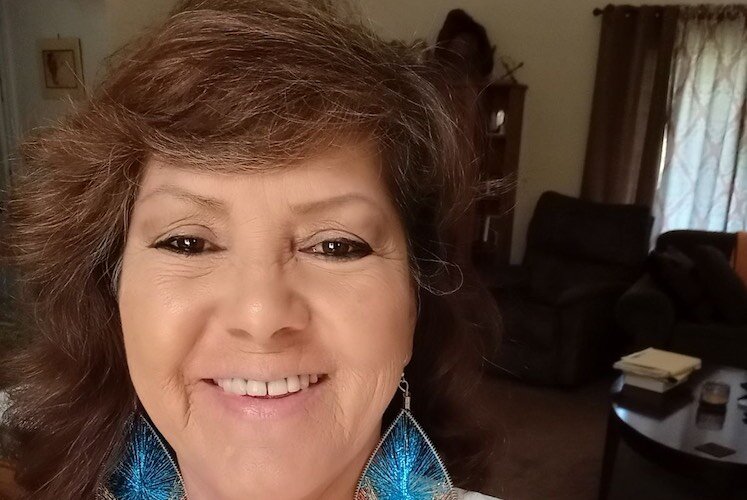
The abuse most often occurred while her adoptive mother was out playing Bingo in the evening.
“When I graduated from high school, they literally kicked me out of the house,” Cobe says. “That was the lowest point for me. I was wishing my real parents could get their act together, get their kids again, and we could be a family again.”
That wish never came true.
“It seemed like even God had abandoned me. I felt like the pain wasn’t going to stop and that was when I really did want to kill myself. I was 17 and had just graduated from high school and that was when I met my first husband. We were young and partying and had four kids together,” Cobe says.
After the deaths of her brothers — one who shot himself to death and one who died in a car accident — Cobe says she felt like she would be next. She became obsessed with death and sought counseling because she knew she needed to “clean up her life” to stay alive and be present for her children.
She took a good hard look at the unhealthy way her husband was treating her and dug deep to find the strength to divorce him.
“He kind of made me sound like I was the crazy one all the time. He told me I was weak and stupid and not a good mother.”
This marriage would be the first of three to end in divorce.
“My first husband didn’t want to work and I was tired of living on welfare,” she says. “My second husband was divorced and a little younger and he treated me like a queen and had a good job, but then we moved to Florida and I felt like I was just this Yooper country bumpkin and that marriage only lasted a couple of years. My third marriage lasted eight years. By then the kids were grown up. I’m now in my fourth marriage and we’ve been together for 18 years. I’m a grandma now and I just got tired of running and I wanted to find stability in my life.”
The adults in her young life modeled the type of behavior that led to a quick end to the first three marriages.
“I wasn’t loved in a healthy, respectful way. I was so quick to end the marriages because I thought that these men would leave me anyway. I just wanted to be happy,” Cobe says.
Unlike many Native Americans who have passed on the intergenerational trauma they experienced to their own children, Cobe says she was able to do things differently because she wanted better outcomes for her children.
“I was able to hug my kids and tell them that I love them all the time,” she says. “This wasn’t how it was for me.
“If I got hurt, my mom would say, ‘That’s just a little boo boo. You haven’t been through the emotional pain I went through.’”
Undoing the assimilation and re-claiming an identity
Cobe says she knew nothing about her culture or heritage as a result of the assimilation at Holy Childhood followed by attempts to live in the white man’s world.
“It’s a big identity crisis. You know who you are when look in the mirror, but you don’t know what that means,” she says.
Because of this, she wasn’t able to pass on any of this knowledge to her children, who are Polish on their father’s side. She says there doesn’t seem to be much interest from generations after hers in learning about their ancestors and history.
Regaining this knowledge about where she came from became a desire along with the decision to start sharing her experiences as a child at Holy Childhood and what came after with others.
Her birth father passed away in 1987. When her birth mother died in 2009, Cobe says this gave her the motivation.
She and her sisters re-connected with their mother in her later years.
“I could always see the pain in her eyes and face and she never wanted to talk about what happened to our family.”
After moving to Nobinway in 2006 with her husband, she began to hear stories on the news about Harbor Springs which triggered memories of Holy Childhood.
“It’s like a PTSD trigger. It takes you right back to Holy Childhood. We used to just call it Harbor. I found out that there was going to be a group meeting of survivors in Harbor Springs and a support group,” Cobe says.
Eventually, she met fellow survivors — Sharon (Walker) Skutt, Marilyn (St. Onge) Wakefield, and Kim Fyke — three of a group known as the Holy Childhood Survivors
They had their first opportunity to give voice to the memories they held in silence for so many years in August 2022, when they testified in front of U.S. Secretary of the Interior Deb Haaland and Assistant Secretary of the Interior for Indian Affairs Bryan Newland. Their testimony came during the second stop on the Road to Healing Tour which was created by Haaland and Newland to “address the troubled legacy of federal Indian boarding school policies” and develop comprehensive reports that “lay the groundwork for the continued work of the Interior Department to address the intergenerational trauma created by historical federal Indian boarding school policies.”
Since their testimony in front of Haaland and Newland, these women have shared their stories with organizations throughout Michigan including the United Tribes of Michigan earlier this fall. Jamie Stuck, President of the United Tribes of Michigan and Chairperson of the Nottawaseppi Huron Band of the Potawatomi, says their stories are critical to understanding the true extent of the damage these boarding schools did to the children living there, the majority of whom continue to live with those memories.
Cobe says there are times during these speaking engagements when certain things will hit her hard. She says this was a common occurrence when she was writing her autobiography “Red, White and Blue” which she self-published in 2015. The book took her about eight years to write.
Through sharing their stories with Haaland and Newland, the four Holy Childhood survivors encouraged other survivors of Michigan’s boarding schools for Indigenous children to reach out to them. There is a growing private group on social media of about 107 survivors who connect and find support and the understanding only they would know how to provide.
“The truth of our true history needs to be told and seen. It’s been swept under the rug for too long,” Cobe says. “This is the only way to heal and some of our own people don’t understand how the loss of our culture and the bonds with our family and community are broken. Our ancestors’ trauma is in our DNA. The white man tried to commit genocide and we’re still here and they didn’t kill us.”

